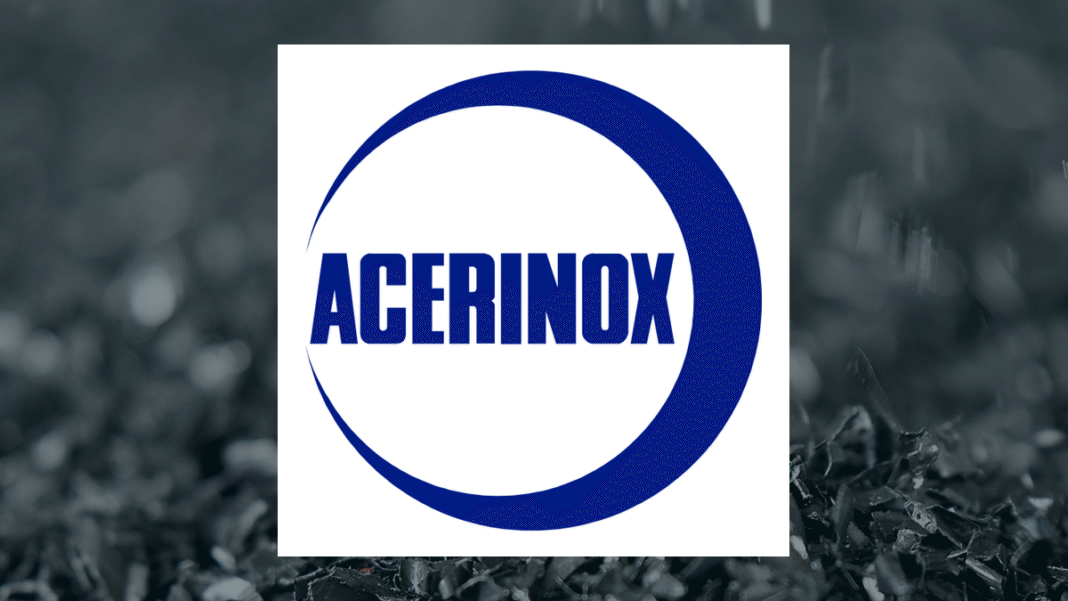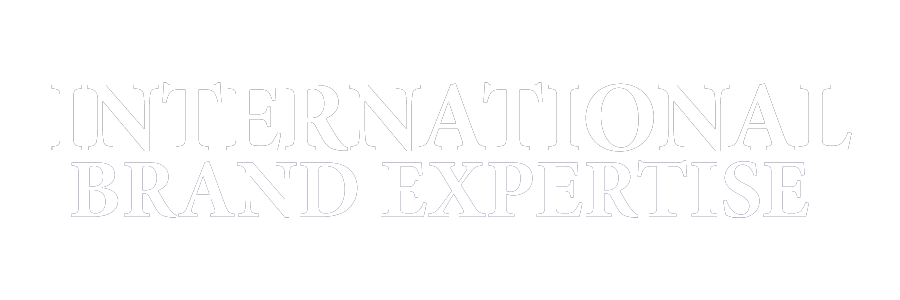It was indicated by Acerinox, the Spanish steelmaker with significant operations in the United States, that considerations were being made to potentially raise prices in certain segments of the market. However, it was clarified by company executives that any notable pricing adjustments were unlikely to occur before late September, owing to seasonal and economic constraints. The announcement came during a post-earnings discussion, where the company outlined challenges and opportunities within both the American and European markets.
Acerinox, known as one of the largest producers of stainless steel in the U.S., was reported to be a key beneficiary of former U.S. President Donald Trump’s trade policies, particularly the imposition of substantial tariffs on imported steel. These protectionist measures, including a 50% tariff on foreign steel, had provided a competitive advantage to domestic producers like Acerinox by limiting the inflow of cheaper imports and allowing greater control over local pricing.
During the earnings call, CEO Bernardo Velázquez was heard stating that attempts were being made to raise prices in the U.S. market. However, it was acknowledged that this effort was being met with resistance, owing to the broader economic environment and lack of robust demand. The complexities involved in navigating such market conditions were emphasized, particularly as the pricing environment in the U.S. remained constrained despite the relative insulation offered by tariffs.
It was also conveyed by Chief Corporate Officer Miguel Ferrandis that no significant changes in pricing were anticipated during the third quarter. This was attributed to seasonal trends, as price adjustments were rarely executed during the summer months. A potential reassessment was said to be expected toward the end of September, contingent upon improvements in market visibility, progress in EU-U.S. trade negotiations, and greater clarity surrounding geopolitical factors such as the ongoing conflict in Ukraine.
The subdued demand for stainless steel across both the U.S. and European markets was cited as a limiting factor in Acerinox’s pricing strategy. Despite this, the company had reportedly managed to maintain stable prices in the American market, largely because of the tariff-induced protection from foreign competitors. It was suggested that this buffer had allowed Acerinox to better withstand local demand fluctuations without engaging in price cuts.
In contrast, the European segment of Acerinox’s business was reported to be facing significant pressure. Economic uncertainty and a sharp rise in steel imports were said to have driven down prices, leading to a notable shortfall in the company’s second-quarter results. Velázquez explained that the European market had been inundated with imported steel, with volumes increasing by approximately 75% in the current year. These imports, largely from Asia, had added downward pressure on pricing, further exacerbated by low demand and high inventory levels.
The CEO underscored the need for intervention from the European Union, suggesting that the bloc should consider implementing protective measures similar to those adopted by the United States. It was implied that such actions would be necessary to ensure a level playing field and to shield domestic producers from the flood of low-cost imports. The absence of such protective mechanisms in Europe was seen as a major contributing factor to the challenging market conditions.
Market performance metrics appeared to reflect this divergence between the two regions. In the U.S., hot-rolled coil steel futures had reportedly gained 24% since the beginning of the year, reaching $876 per short ton, or approximately $965.60 per metric ton. Conversely, European steel prices were said to have fallen by 4% over the same period, settling at 531 euros per metric ton, equivalent to roughly $623.93.
The contrast in price trends was viewed as indicative of the different policy and economic environments in the two markets. While the U.S. steel industry had been cushioned by tariffs and government support, European producers like Acerinox were being forced to operate in a more open and increasingly competitive space, marked by rising imports and shrinking margins.
In summary, Acerinox’s second-quarter performance and strategic outlook appeared to be shaped by complex global dynamics, including tariff policies, regional economic conditions, and geopolitical tensions. Although efforts to raise prices in the U.S. were ongoing, the company had tempered expectations for immediate changes. In Europe, challenges were mounting due to unchecked imports and weak demand, prompting calls for regulatory action. As market conditions continued to evolve, the company’s ability to adapt and advocate for fairer trade conditions was likely to be pivotal in determining its financial resilience in the quarters ahead.












